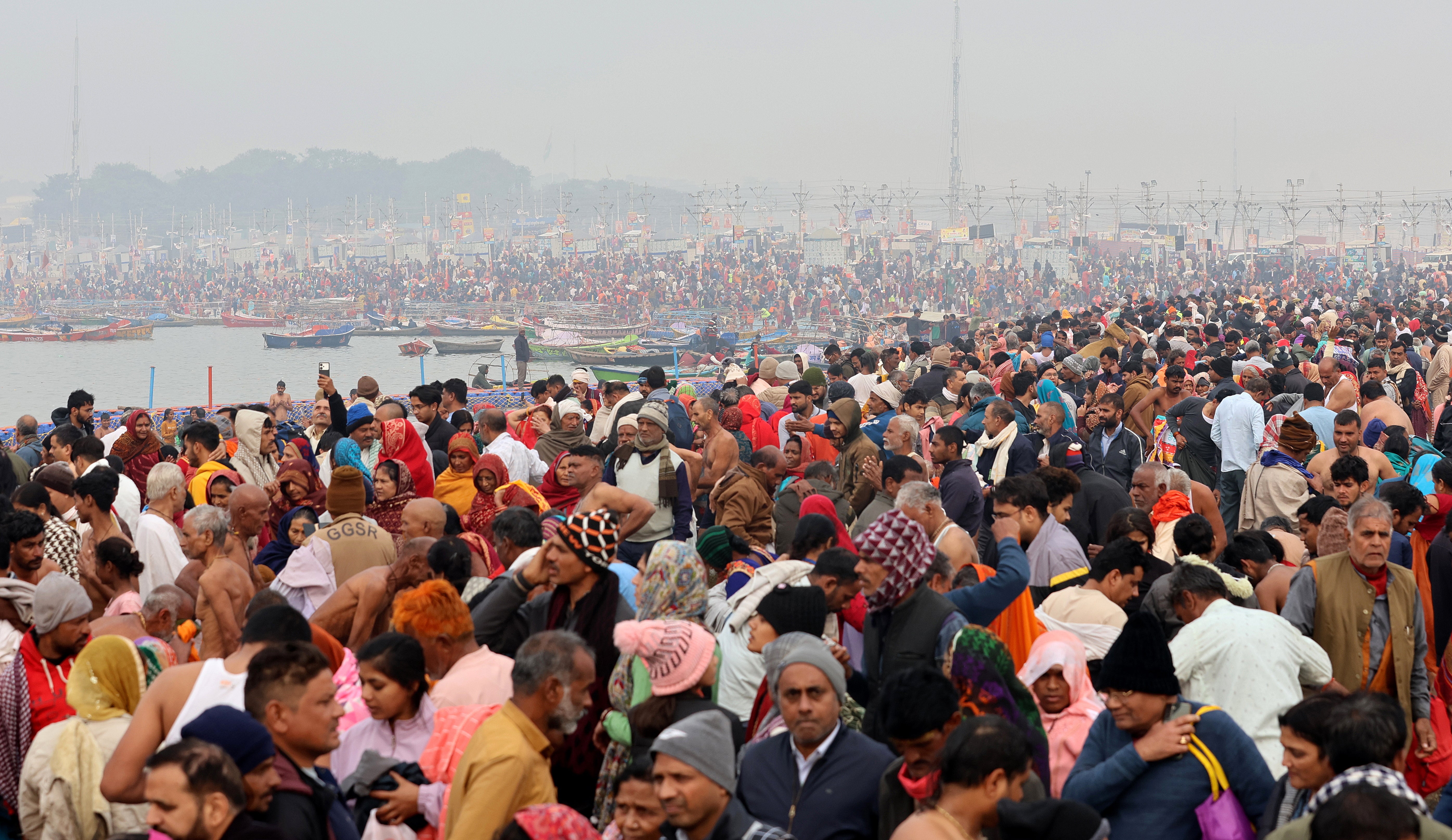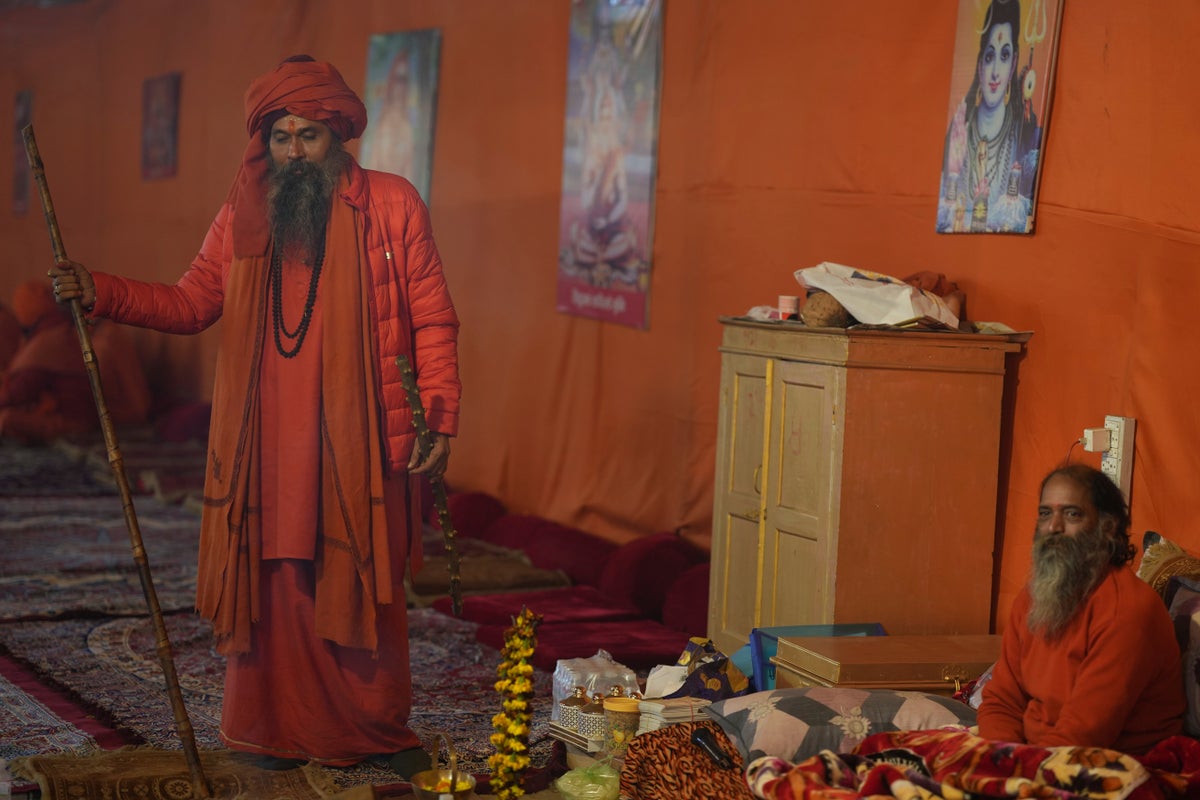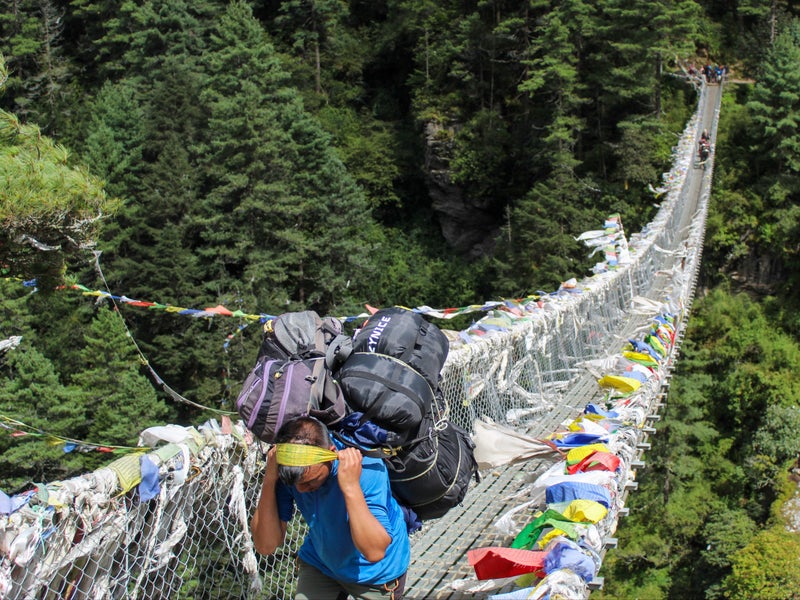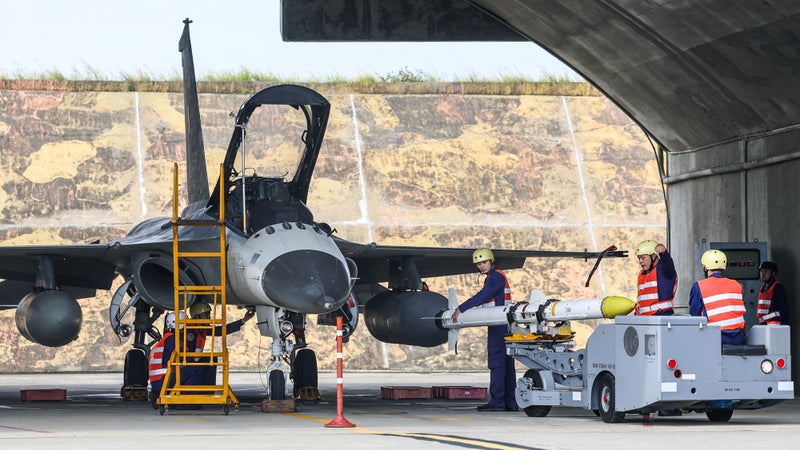Maha Kumbh Mela: The staggering numbers behind the largest gathering of humanity on Earth
Share:
Festival is expected to draw more than 400 million devotees to India’s Uttar Pradesh. India is finalising preparations for the largest gathering of people anywhere on Earth, the six-week Maha Kumbh Mela festival, which begins in the northern state of Uttar Pradesh on Monday.
![[Hindu devotees take a ‘holy bath’ at Sangam, the confluence of three of the holiest rivers in Hindu mythology - Ganga, Yamuna, and the mythical Saraswati]](https://static.independent.co.uk/2025/01/12/10/SEI235723788.jpg)
Over 400 million pilgrims are expected to travel to the city of Prayagraj to bathe at the confluence of the three holiest rivers in Hinduism – the Ganga, the Yamuna, and the mythical and invisible Saraswati. While the Kumbh Mela festival is ordinarly held every three years, rotating between several holy cities on the banks of these rivers, the Maha Kumbh Mela occurs only once every 12 years. Maha means “great”, and the event attracts the most devotees because it is considered the most auspicious and holy in the cycle.
![[A Hindu holy man from Juna Akhara smokes ahead of the Royal Bath near the Sangam]](https://static.independent.co.uk/2025/01/12/10/SEI235718858.jpg)
The festival is rooted in the Hindu belief that the god Vishnu seized a pitcher containing the nectar of immortality from demons and drops of it fell to Earth at the site of the holy cities. Hindu devotees believe taking a dip in the confluence of the rivers during the Maha Kumbh Mela absolves them of sins and brings them salvation from the cycle of life and death.
![[Hindu devotees cross a pontoon bridge spanning the river Ganga as they arrive to attend the “Maha Kumbh Mela”]](https://static.independent.co.uk/2025/01/12/10/SEI235714727.jpg)
There are references to the festival in ancient Hindu texts as well as in works of travellers visiting the city from other kingdoms. The 7th-century Buddhist Chinese traveller Hiuen Tsang mentions the bathing rituals at the junction of the rivers when he visited Prayag city in 644 AD.
![[Devotees gather to take a holy dip at Sangam, the confluence of the Ganges, Yamuna and Saraswati rivers ahead of the “Maha Kumbh Mela”]](https://static.independent.co.uk/2025/01/12/10/SEI235708969.jpg)






















